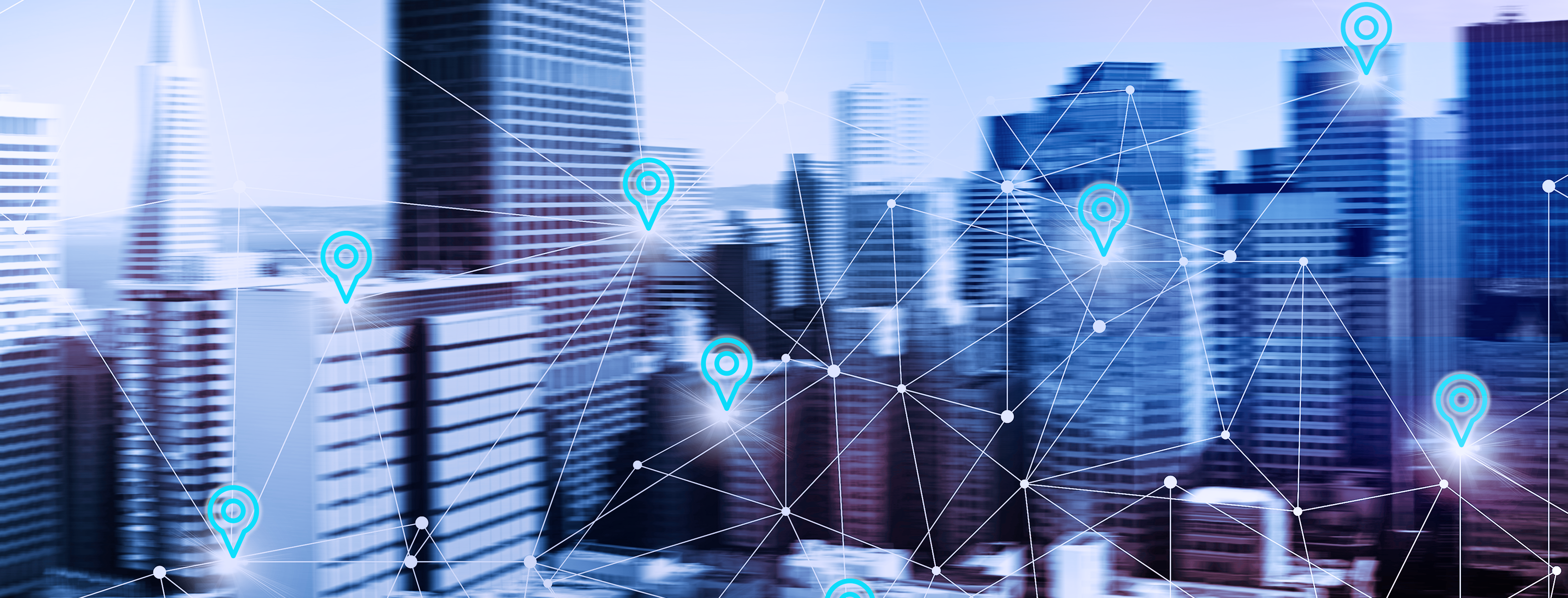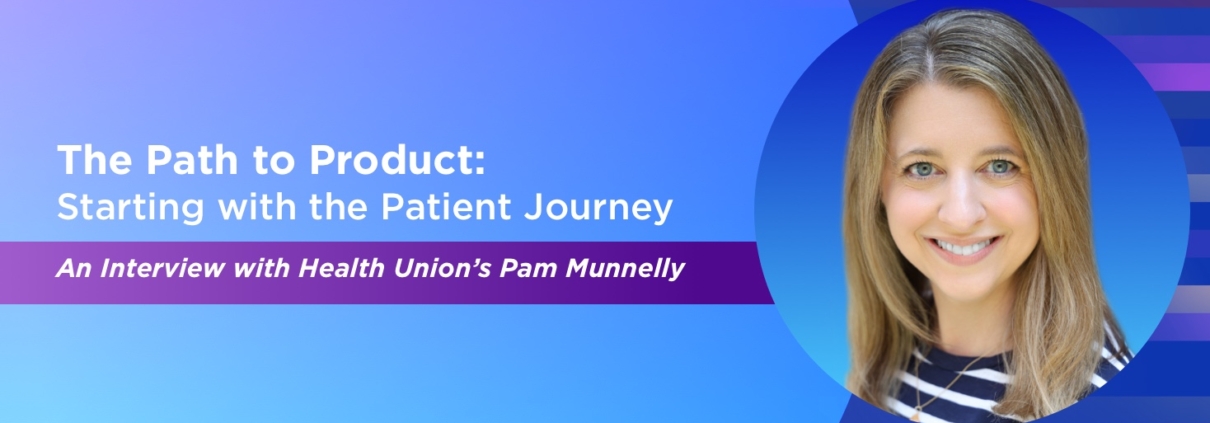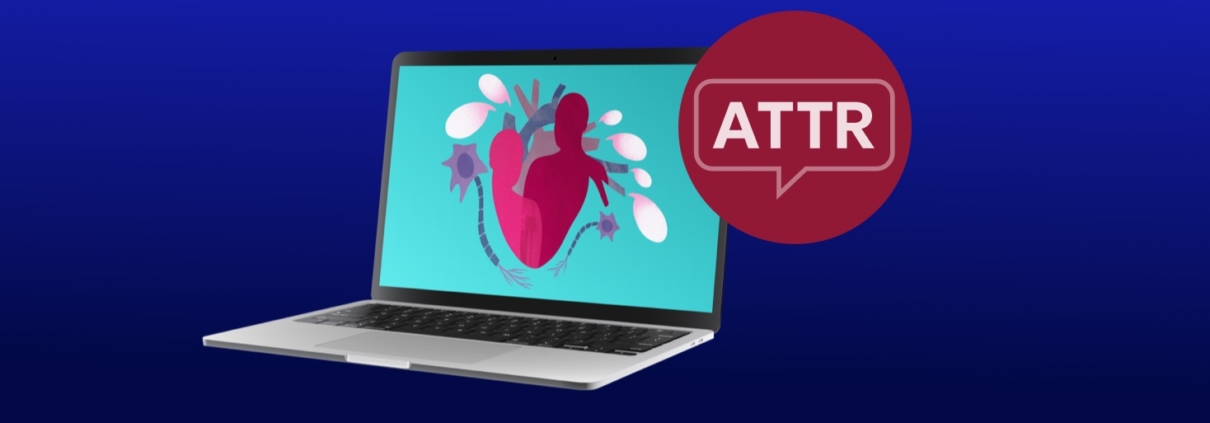4. Brick-and-Mortar Pharmacies | Customer Acquisition for a Mail-Order Pharmacy
A mail-order pharmacy could use HCP geofencing to promote an introductory offer to people refilling their prescriptions at brick-and-mortar pharmacies.
5. Cardiac Centers | More Conference Attendees
To attract more attendees to an upcoming cardiology conference, a marketing team could activate a healthcare geofencing campaign around local cardiac centers and present them with a special discount.
6. Blood Banks | More Patients for a Cognitive Behavioral Therapy Practice
A cognitive behavioral therapy practice located near a blood bank could use geofencing to promote CBT to people who may fear blood.
7. Ambulatory Services | Brand Awareness for a Medical Supply Company
A medical supply company could target ambulatory services to reach HCPs on the job who are actively using similar supplies.
8. Mental Health & Addiction Treatment Centers | App Downloads for a Meditation App
A meditation app could use healthcare geofencing to promote its app to patients and HCPs at mental health and addiction treatment centers.
9. Nursing Homes | Sales for an Insurance Company
An insurance company could draw a radius around nursing homes to promote a low-cost alternative to residents and their families.
10. Urgent Care | Foot Traffic for Urgent Care Competitors
An urgent care center could use geofencing to target patients entering a competitor’s center in the same neighborhood.
Is Geofencing HCPs Worth It?
Clearly, healthcare geofencing has potential, but is it worth the investment instead of other tactics? Absolutely. Geofencing HCPs is a powerful supplementary tactic because it can engage high-intent HCPs, deliver timely ads, and give you more opportunities for personalization — all at a better price.
- HCP Geofencing Helps You Engage a High-Intent Audience
Unless you’re running a brand awareness campaign, you have lower-funnel goals, like script lift. To reach these goals, you need to deliver your ads to HCPs who are in the medical mindset and more likely to convert. There’s no better way to do this than by reaching them when they’re actually at locations related to their professions, like offices, conferences, and surgery centers. - HCP Geofencing Saves You Money
There’s no denying that healthcare ad spending is on the rise. It’s estimated that, by the end of 2024, healthcare ad spending will reach $19.66 billion.[1] Still, there’s pressure to spend wisely, especially in the wake of the COVID-19 pandemic. A report forecasted that the average 2024 marketing budget has fallen by 15%.[2] In no way does this mean advertising is any less important; it just means you may have to do more with less. Healthcare geofencing campaigns help you do that by focusing your spend on a refined audience of high-intent HCPs. - HCP Geofencing Opens the Door to Personalization & Relevancy
HCPs can become overwhelmed with ads, which means it’s essential that you differentiate your campaigns. Personalization is a great way to do this. By implementing an HCP geofencing campaign, you’re getting in front of your target audience at times when you know what they’re doing and the type of information they’re seeking. Because of this, you can personalize your ads in a more meaningful way. According to one study, 72% of people will only engage with personalized messaging.[3]
Healthcare Geofencing: Your Next HCP Advertising Cheat Code
Truly successful HCP advertising relies heavily on your ability to consistently generate engagement at the lowest price possible. Programmatic technology in itself is a great way to do that, but there are additional steps you can take to level up.
———————————————–
Learn more about Health Union’s vision to transform data-driven, healthcare marketing: The HUman Side of Data.
Sources
- Healthcare and pharmaceutical industry digital advertising spending in the United States from 2011 to 2024. (2023, October 11). Statista. https://www.statista.com/statistics/235966/us-healthcare-and-pharmaceutical-industry-online-ad-spending/
- Gartner CMO survey reveals marketing budgets have dropped to 7.7% of overall company revenue in 2024. (2024, May 13). Gartner. https://www.gartner.com/en/newsroom/press-releases/2024-05-13-gartner-cmo-survey-reveals-marketing-budgets-have-dropped-to-seven-point-seven-percent-of-overall-company-revenue-in-2024
- Moran M. 56 (2024, March 15). Top personalization statistics: Research-backed facts and trends. Startup Bonsai. https://startupbonsai.com/personalization-statistics/
FAQ
Q: What is geofencing in healthcare?
A: Geofencing is a location-based technology that creates virtual boundaries around specific geographical areas. Using GPS, RFID, Wi-Fi, or cellular data, geofencing technology triggers pre-programmed actions when a mobile device enters or exits these defined areas. These defined areas are known as “geofencing zones”. When a patient or healthcare professional enters a geofenced area, such as a hospital or clinic, their mobile device can receive targeted notifications, ads, or information relevant to their location.
Q: What are the benefits of geofencing in healthcare?
A: Geofencing allows healthcare marketers to deliver highly relevant, location-based content to their audience for lead generation, comparative advertising, and event marketing, as well as to collect valuable data on patient behavior and facility usage patterns.
Q: What are examples of geofencing in the healthcare setting?
A: Geofencing can be used to provide patients with wayfinding instructions within a medical facility, send appointment reminders, or deliver health tips. Additionally, a hospital might set up a geofencing zone around a competitor’s facility to promote their own services to patients visiting that location. Moreover, a medical device company could create a geofencing zone around a healthcare conference venue to engage attendees with product information.




